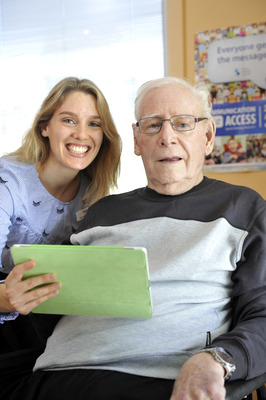
By Derek Schlennstedt
At some point, most people have suffered from a sore throat, inhibiting their ability to talk and communicate, and many may resort to a whiteboard or notebook as the problem is temporary.
However, for many who have suffered a stroke or serious injury, there could be speech impairment over a long period of time.
More than 5 per cent of Australia’s population face speech difficulties and have a communication disability that restricts them from meaningfully engaging in day to day life.
To raise awareness about this situation, Speech Pathology Week, which runs from 20-26 August, aims to promote the work speech pathologists undertake to help more than 1.1 million Australians who have a communication or swallowing disorder which impacts their daily life.
This year’s theme, ‘Communication access: Everyone gets the message’ focuses on the need to provide equal opportunities for those suffering from a speech impairment.
The Mail spoke to Talia Zyngier, a speech pathologist at Angliss Hospital in Ferntree Gully, about how technology is helping to create that equal opportunity.
“Communication access is about creating a world where people with communication difficulties can communicate with everyone, regardless of whether they have communication impairments or not,” Ms Zyngier said.
“The work that we do is looking at assessments and intervention for people with communication and cognitive swallowing disorders, aiming to get people as fully involved and participating in their life as they can – getting them back to themselves and not having the barrier of a communications impairment limiting their life or enjoyment.”
A speech pathologist for four years, Ms Zyngier considered the current technological developments as an ‘exciting’ time in speech pathology, as they offer new alternatives and ways for which people with communication impairments are able to communicate.
“With all the advances in technology, speech pathology is looking at the app software world and how we can modify apps that already exist or create apps that allow people to be involved fully in their lives and society.”






